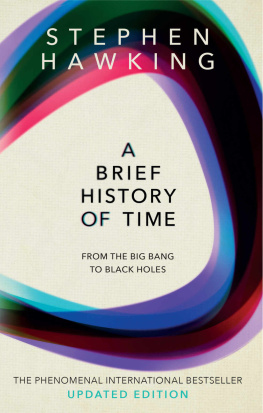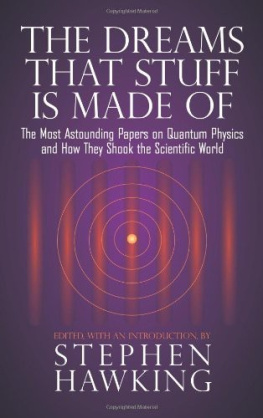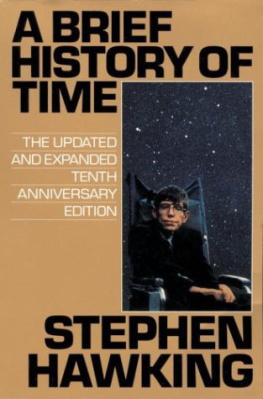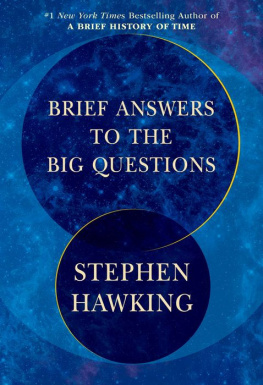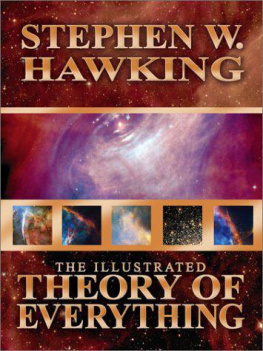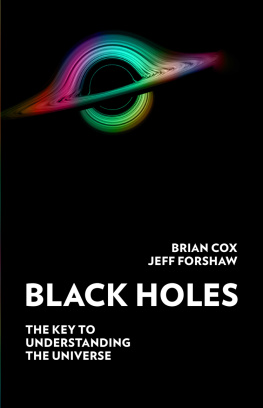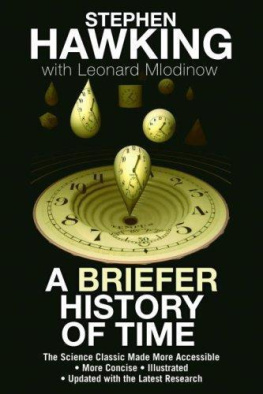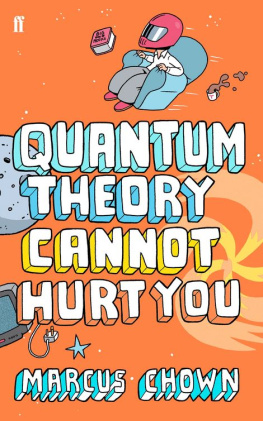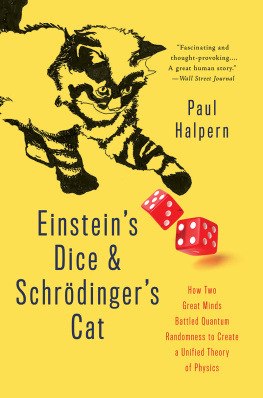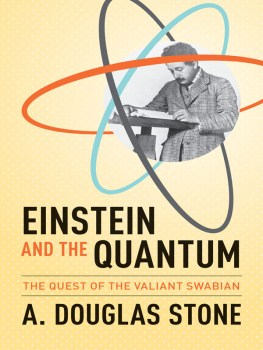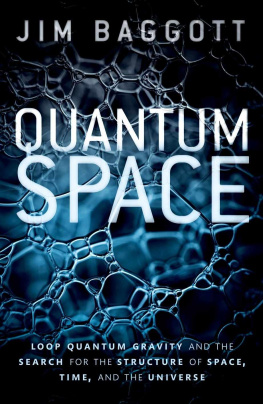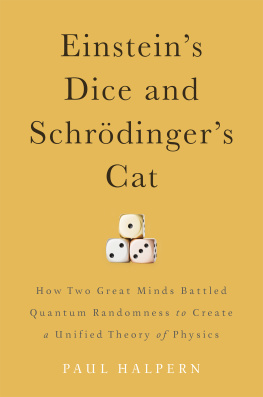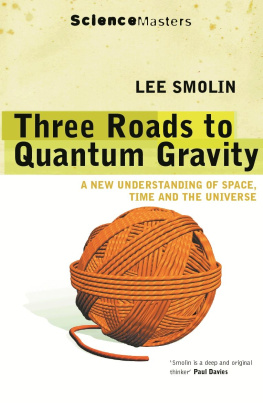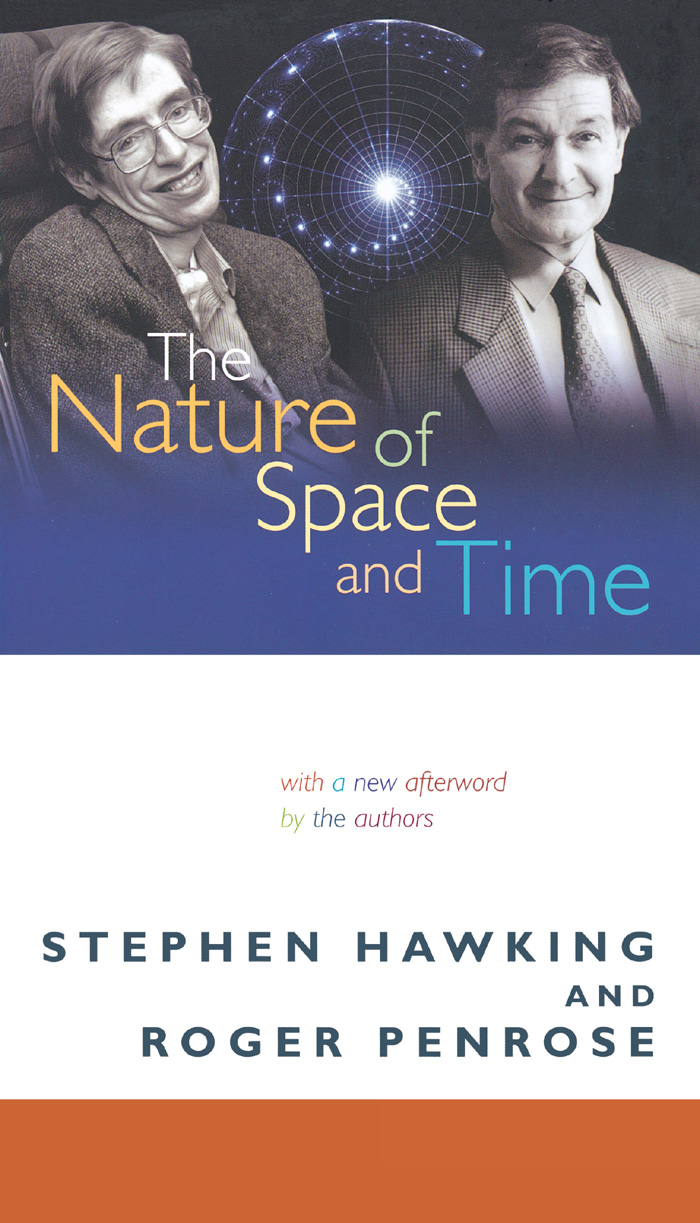The Nature of Space and Time
THE ISAAC NEWTON INSTITUTE
SERIES OF LECTURES
The Nature of Space and Time
With a new afterword by the authors
Stephen Hawking and Roger Penrose
PRINCETON UNIVERSITY PRESS
PRINCETON AND OXFORD
Copyright 1996 by Princeton University Press
Published by Princeton University Press, 41 William Street,
Princeton, New Jersey 08540
In the United Kingdom: Princeton University Press, 6 Oxford Street,
Woodstock, Oxfordshire OX20 1TW
All Rights Reserved
Thirteenth printing, with a new afterword by the authors, 2010
Paperback ISBN 978-0-691-14570-9
The Library of Congress has cataloged the cloth edition of this book as follows
Hawking, S. W. (Stephen W.)
The nature of space and time / Stephen Hawking and Roger Penrose.
p. cm. -- (Isaac Newton Institute series of lectures)
Includes bibliographic references (p. ).
ISBN 0-691-03791-4 (cl : alk. paper)
1. Space and time. 2. Quantum theory. 3. Astrophysics.
4. Cosmology. I. Penrose, Roger. II. Title. III. Series.
QC173.59.S65HA 1995
British Library Cataloging-in-Publication Data is available
This book has been composed in Palatino
Printed on acid-free paper.
press.princeton.edu
Printed in the United States of America
15 14 13
Contents
Stephen Hawking
Roger Penrose
Stephen Hawking
Roger Penrose
Stephen Hawking
Roger Penrose
Stephen Hawking and Roger Penrose
Stephen Hawking and Roger Penrose
Foreword
T HE DEBATE between Roger Penrose and Stephen Hawking recorded in this book was the high point of a six-month program held in 1994 at the Isaac Newton Institute for Mathematical Sciences at the University of Cambridge. It represents a serious discussion of some of the most fundamental ideas about the nature of the universe. Needless to say, we are not yet at the end of the road; uncertainties and controversy still persist and there is plenty to argue about.
Some sixty years ago there was a famous and extended debate between Niels Bohr and Albert Einstein about the foundations of quantum mechanics. Einstein refused to accept that quantum mechanics was a final theory. He found it philosophically inadequate, and he fought a hard battle against the orthodox interpretation of the Copenhagen School which Bohr represented.
In a sense the debate between Penrose and Hawking is a continuation of that earlier argument, with Penrose playing the role of Einstein and Hawking that of Bohr. The issues now are more complex and broader but as before they represent a combination of technical arguments and philosophical standpoints.
Quantum theory, or its more sophisticated version quantum field theory, is now highly developed and technically successful, even if there are still philosophical skeptics such as Roger Penrose. General relativity, Einsteins theory of gravity, has equally stood the test of time and can claim remarkable successes, although there are serious problems concerning the role of singularities or black holes.
The real issue that dominates the Hawking-Penrose discussion is the combination of these two successful theories, how to produce a theory of quantum gravity. There are deep conceptual and technical problems involved, and these provide scope for the arguments discussed in these lectures.
Examples of the fundamental questions raised include the arrow of time, the initial conditions at the birth of the universe, and the way that black holes swallow up information. On all these, and many others, Hawking and Penrose stake out subtly different positions. The arguments are carefully presented in both mathematical and physical terms, and the format of the debate allows for a meaningful exchange of criticism.
Although some of the presentation requires a technical understanding of the mathematics and physics, much of the argument is conducted at a higher (or deeper) level that will interest a broader audience. The reader will at least get an indication of the scope and subtlety of the ideas being discussed and of the enormous challenge of producing a coherent picture of the universe that takes full account of both gravitation and quantum theory.
Michael Atiyah
Acknowledgments
T HE AUTHORS , the publisher, and the Isaac Newton Institute for Mathematical Sciences wish to extend their grateful thanks to the following individuals who assisted in the preparation of the lecture series and the book: Matthias R. Gaberdiel, Simon Gill, Jonathan B. Rogers, Daniel R. D. Scott, and Paul A. Shah.
The Nature of Space and Time
CHAPTER ONE
Classical Theory
S. W. Hawking
I N THESE LECTURES , Roger Penrose and I will put forward our related but rather different viewpoints on the nature of space and time. We shall speak alternately and shall give three lectures each, followed by a discussion on our different approaches. I should emphasize that these will be technical lectures. We shall assume a basic knowledge of general relativity and quantum theory.
There is a short article by Richard Feynman describing his experiences at a conference on general relativity. I think it was the Warsaw conference in 1962. It commented very unfavorably on the general competence of the people there and the relevance of what they were doing. That general relativity soon acquired a much better reputation, and more interest, is in considerable measure due to Rogers work. Up to then, general relativity had been formulated as a messy set of partial differential equations in a single coordinate system. People were so pleased when they found a solution that they didnt care that it probably had no physical significance. However, Roger brought in modern concepts like spinors and global methods. He was the first to show that one could discover general properties without solving the equations exactly. It was his first singularity theorem that introduced me to the study of causal structure and inspired my classical work on singularities and black holes.
I think Roger and I pretty much agree on the classical work. However, we differ in our approach to quantum gravity and indeed to quantum theory itself. Although Im regarded as a dangerous radical by particle physicists for proposing that there may be loss of quantum coherence, Im definitely a conservative compared to Roger. I take the positivist viewpoint that a physical theory is just a mathematical model and that it is meaningless to ask whether it corresponds to reality. All that one can ask is that its predictions should be in agreement with observation. I think Roger is a Platonist at heart but he must answer for himself.
Although there have been suggestions that spacetime may have a discrete structure, I see no reason to abandon the continuum theories that have been so successful. General relativity is a beautiful theory that agrees with every observation that has been made. It may require modifications on the Planck scale, but I dont think that will affect many of the predictions that can be obtained from it. It may be only a low energy approximation to some more fundamental theory, like string theory, but I think string theory has been oversold. First of all, it is not clear that general relativity, when combined with various other fields in a supergravity theory, cannot give a sensible quantum theory. Reports of the death of supergravity are exaggerations. One year everyone believed that supergravity was finite. The next year the fashion changed and everyone said that supergravity was bound to have divergences even though none had actually been found. My second reason for not discussing string theory is that it has not made any testable predictions. By contrast, the straightforward application of quantum theory to general relativity, which I will be talking about, has already made two testable predictions. One of these predictions, the development of small perturbations during inflation, seems to be confirmed by recent observations of fluctuations in the microwave background. The other prediction, that black holes should radiate thermally, is testable in principle. All we have to do is find a primordial black hole. Unfortunately, there dont seem to be many around in this neck of the woods. If there had been, we would know how to quantize gravity.


